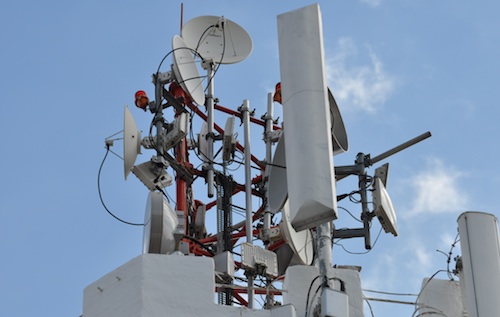
SA’s telecommunications industry regulator needs to rethink the way it divvies out the radio frequency spectrum that can be used to provide the next generation of wireless broadband services.
The spectrum in question, particularly the 190MHz available in the 2,6GHz band, should be split into three separate parts — two bands catering to so-called frequency-division duplex technology (FDD) and a third band catering to time-division duplex (TDD) systems.
TDD and FDD are different approaches to using spectrum and are often the subject of exhaustive debate by telecommunications engineers.
The most logical approach for SA to take is to adopt the first of three options put forward by the International Telecommunication Union (ITU), a UN agency, says BMI-TechKnowledge analyst Tim Parle.
However, the Independent Communications Authority ruled out this option — which caters for both FDD and TDD technologies — in 2009. Instead, it stumped for option three, which should allow it to take a technology neutral approach to the spectrum.
Parle warns that unless SA follows the example set in developed markets like Western Europe, most of which have chosen option one, the cost of rolling out telecoms networks in the band will be higher than elsewhere and will preclude SA users from being able to roam in many other territories.
The way Icasa has proposed divvying up the spectrum favours advocates of a wireless broadband technology known as WiMax; it’s less favourable to advocates of long-term evolution, or LTE, the next generation of the 3G mobile networks already deployed in SA by Vodacom and MTN and, more recently, Cell C.
Under option one, which Parle wants SA to adopt, two 70MHz chunks, one at the bottom of the band and one at the top, are reserved for FDD, with 50MHz in the middle for TDD-based networks.
The complication for Icasa is that two operators already hold a big chunk of spectrum in the band. One of the companies, Sentech, is owned by government. Sentech has 50MHz of TDD spectrum but is using very little of this bandwidth after it pulled the plug on its commercial MyWireless and BizNet services. iBurst parent Wireless Business Solutions holds another 15MHz of the band and has applied to Icasa to have this increased.
Most industry players want Sentech to hand back the spectrum it’s not using. However, it could prove politically tricky for Icasa to try to force this on Sentech.
Parle says Icasa’s decision to put off the spectrum auction is “not necessarily a bad thing” as it would give it time to rethink the process and manage it properly.
He says the authority ought to revisit ITU option one, or pursue something similar to option one. “They’ve pushed us into option three, which could leave us with fragmented solutions,” Parle says.
“Operators would have to develop products that are unique to SA, resulting in higher costs and minimising our chances of roaming abroad. It would defeat the objective of being technology neutral. Option one is the rational choice.” — Duncan McLeod, TechCentral
- Subscribe to our free daily newsletter
- Follow us on Twitter or on Facebook




